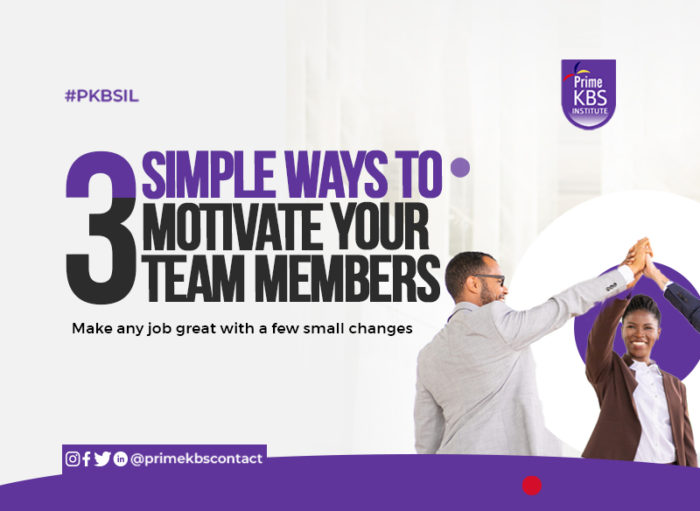Approaching mentorship can be a valuable experience for both the mentor and mentee. Here are some steps you can follow to get the most out of a mentorship relationship:
Define your goals: Before approaching a potential mentor, it’s important to have a clear understanding of what you hope to achieve through the mentorship. This can help you find the right mentor and ensure that both you and your mentor are on the same page.
Identify potential mentors: Look for individuals who have the skills, experiences, and connections that you would like to develop. This can be someone you already know, someone you have worked with, or someone you admire from afar.
Reach out: Once you have identified a potential mentor, reach out to them and express your interest in working with them. Be specific about what you would like to learn and how a mentorship relationship would benefit both of you.
Establish expectations: It’s important to establish clear expectations for the mentorship relationship from the outset. This includes things like the frequency of meetings, communication preferences, and the length of the mentorship.
Be proactive: Mentorship is a two-way relationship, and it’s important to be proactive in making the most of the opportunity. This means being prepared for meetings, following up on action items, and actively seeking out opportunities to learn and grow.
Provide value: While mentorship is an opportunity for you to learn and grow, it’s also important to provide value to your mentor. This can be through sharing your own experiences and insights, offering to help with projects, or simply being a good listener.
Be open and honest: Communication is key in any relationship, and mentorship is no exception. Be open and honest about your experiences and feelings, and don’t be afraid to ask questions or provide feedback.
Be respectful: Finally, it’s important to be respectful of your mentor’s time and resources. Be punctual, follow through on commitments, and always be mindful of the value that your mentor is bringing to the relationship.




